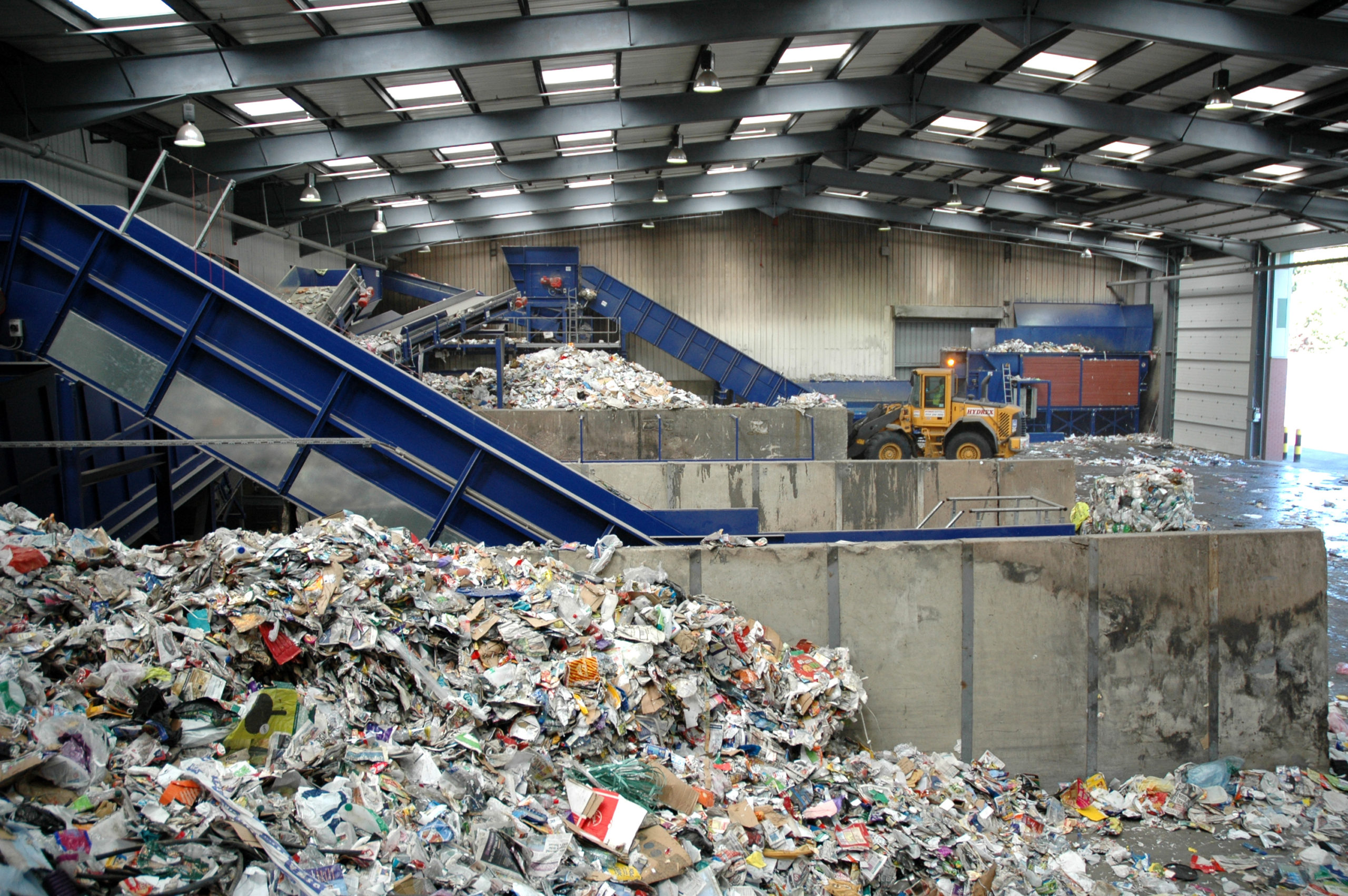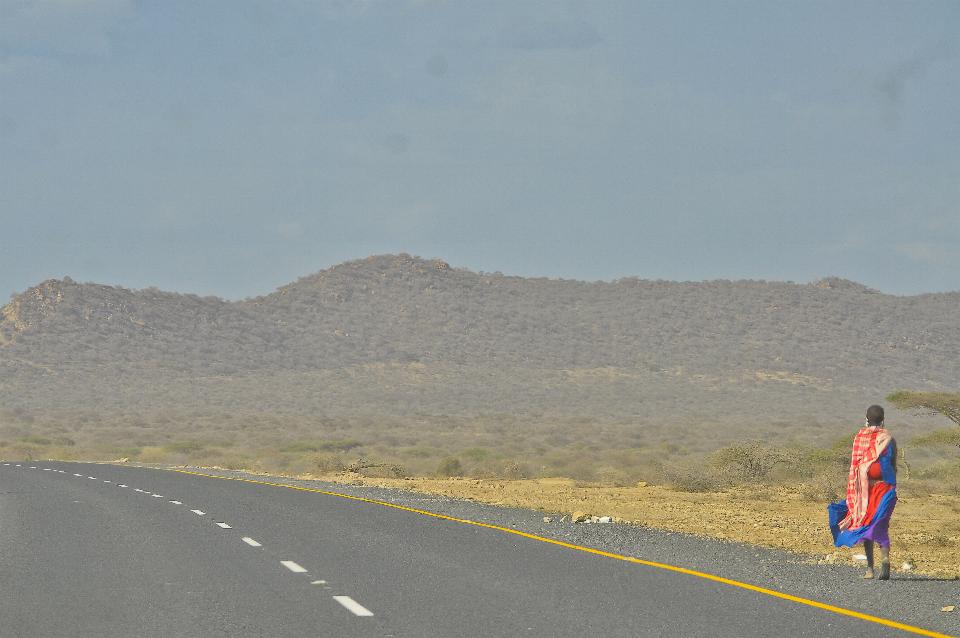Ethiopia has planned to build a waste-to-energy plant that will transform Koshe dumpsite, the largest dumpsite in Addis Ababa, which killed 114 people last year during a landslide.
The plant, which was set to begin in January this year will incinerate 1,400 tons of waste each day, which is about 80 percent of the city’s waste while supplying 30 percent of households’ electricity needs. The plant will also observe European standards on air emission by adopting modern back-end flue gas treatment technology.
The plant, which is the first waste-to-energy facility in Africa, is the result of a partnership between the Ethiopian government and several international companies.
“The Reppie project is just one component of Ethiopia’s broader strategy to address pollution and embrace renewable energy across all sectors of the economy. We hope the Reppie will serve as a model for other countries in the region and around the world,” Zerubabel Getachew, Ethiopia’s deputy permanent representative of the UN in Nairobi stated.
A waste-to-energy plant operates by burning rubbish in a combustion chamber. The heat produced is then used to boil water until it turns to steam, which runs the turbine generator that generates electricity.
A waste-to-energy incineration is particularly essential in cities with limited land supply because it saves on space. Furthermore, it generates electricity, inhibits the release of toxic water into groundwater, and decreases the emission of methane – a greenhouse gas – into the atmosphere.
RELATED; Ethiopia Begins Construction of Africa’s Biggest modern auto bus station




